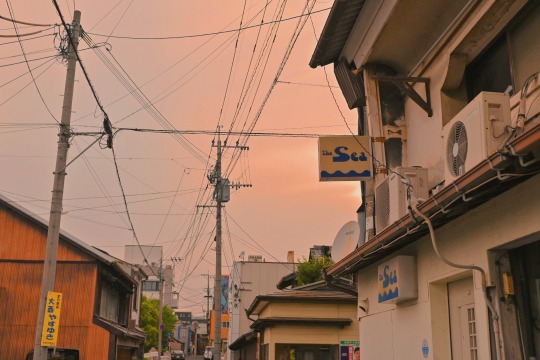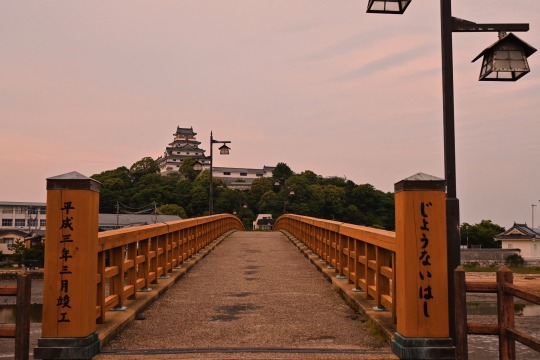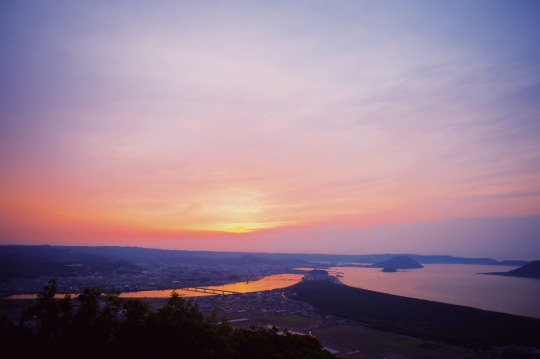#展望
Explore tagged Tumblr posts
Text
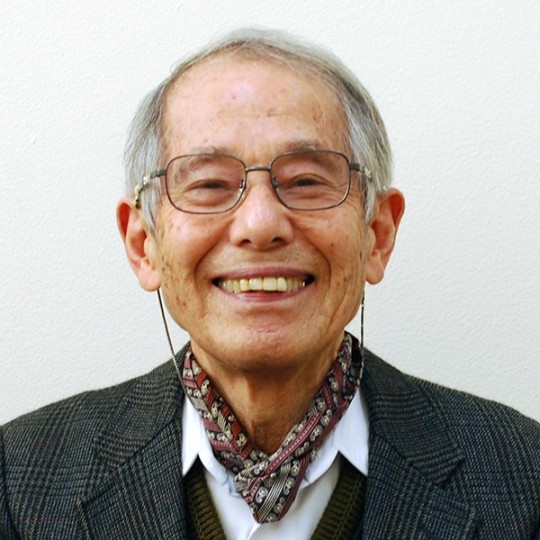
Sean bienvenidos, japonistasarqueológicos a una nueva entrega en esta ocasión os presento a otro arqueólogo que excavó en el yacimiento del Toro en la arqueología de posguerra. - En la publicación anterior comentamos, que era la arqueología de posguerra, mencionamos el milagro japonés y de cómo tras la guerra japón supo reponer sus heridas con cierta rapidez y el yacimiento del Toro es un testimonio de ello. En esta publicación, el personaje en esta ocasión se trata de,Takeji Kikukawa Nacido en 1932, que corresponde a la era Showa. - Fue estudiante de la escuela secundaria Fujieda Higashi localizada en la prefectura de Shizuoka, se dedicó a los periodo yayoi y Jamón estudiando su cultura material, sobre todo la cerámica del periodo yayoi y las pesas de piedra del periodo Jomon. - Espero que os haya gustado y nos vemos en próximas publicaciones que pasen una buena semana. 日本の考古学者たちよ、戦後の考古学で登呂遺跡を発掘したもう一人の考古学者を歓迎しよう。 - 前回は戦後考古学について、日本の奇跡と戦後日本がいかに早く立ち直ったか、そしてエル・トロ遺跡がその証であることをお話ししました。今回の登場人物は、1932年生まれの菊川武治である。 - 静岡県立藤枝東高等学校に在籍し、弥生・縄文時代の物質文化、特に弥生時代の陶磁器や縄文時代の石錘の研究に没頭した。 - それでは、また次回もお楽しみください。
Welcome, Japanese archaeologists, to another post-war archaeologist who excavated at the Toro site in post-war archaeology. - In the previous publication we talked about post-war archaeology, we mentioned the Japanese miracle and how after the war Japan was able to recover its wounds quite quickly and the site of El Toro is a testimony of that. In this publication, the character on this occasion is Takeji Kikukawa, born in 1932, which corresponds to the Showa era. - He was a student at Fujieda Higashi High School in Shizuoka Prefecture. He was devoted to the Yayoi and Jomon periods, studying their material culture, especially the ceramics of the Yayoi period and the stone weights of the Jomon period. - I hope you enjoyed it and see you in future posts have a nice week.
#日本#戦後#歴史#考古学#第2次世界大戦#ミラグロジャパン#展望#ユネスコ#弥生#考古学的保存#先史#三浦健一#経済#japan#postwar#history#archaeology#2worldwar#milagrojapan#prospecting#unesco#yayoi#archaeologicalreservation#prehistory#kenichiMiura#economy
24 notes
·
View notes
Photo
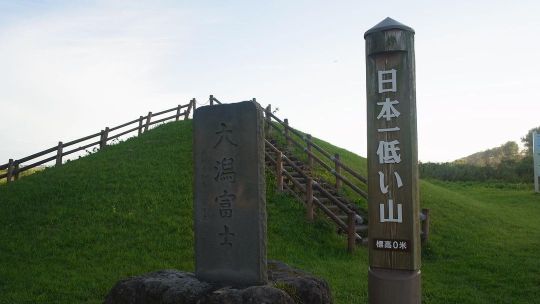
1995年に“造られた”山「大潟富士」その標高は0mで「日本一低い山」を謳っている.日本一低いところを走る県道脇にある. #秋田県 #akita #大潟村 #ogata #大潟富士 #富士山 #郷土富士 #ふるさと富士 #築山 #八郎潟 #日本一低い山 #登山 #展望 (大潟富士) https://www.instagram.com/p/CrGbO09v-En/?igshid=NGJjMDIxMWI=
9 notes
·
View notes
Text





坂の街。
639 notes
·
View notes
Text
ふと見上げたら、京都タワーが赤くてビックリした。

先月の末、9月30日の夜のこと。

9月30日は、京都タワーが赤く照らされる日だったらしい。


Instagramにも載せました↓
instagram
#日記#ひとりごと#景色#風景#京都駅#京都#kyoto#kyoto japan#京都タワー#展望の日#カラーライトアップ#Instagram#japan photos#夜景が綺麗#夜景撮影#綺麗#night view
82 notes
·
View notes
Text







薩摩川内高城温泉にある酒屋さん【八木酒店】
そこから歩いてすぐのところに展望台へと続く道がある
小さい鄙びた温泉街ではあるが、地元の人やツルツルの美肌の湯を求めてやって来る人も朝早くから見かける
@薩摩川内高城温泉
18 notes
·
View notes
Photo
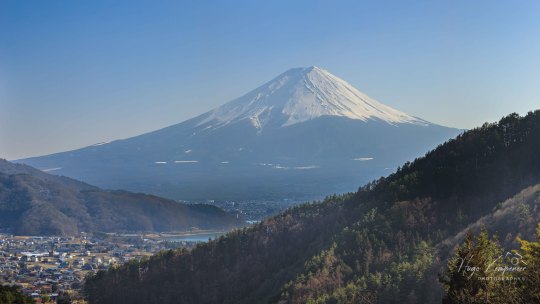
Mount Fuji, sentinel of Japan's dreams, Rising with grace, where the sky meets streams. Snow-crowned monarch, serene and grand, A sacred silhouette upon the land.
#Fujikawaguchiko#Japan#Landscape#Mount Fuji#Mount Fuji viewing platform#Photography#Yamanashi Prefecture#adventure#travel#vacation#富士山#富士見橋展望台#山梨県
54 notes
·
View notes
Text

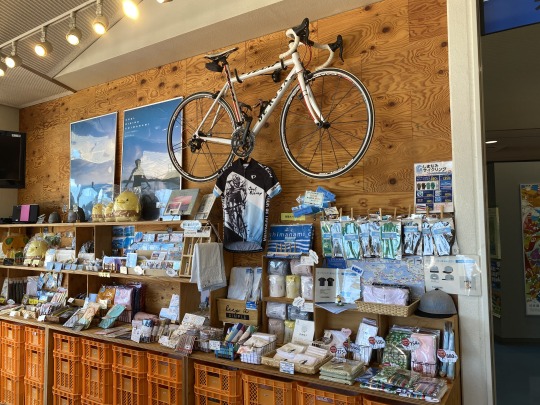

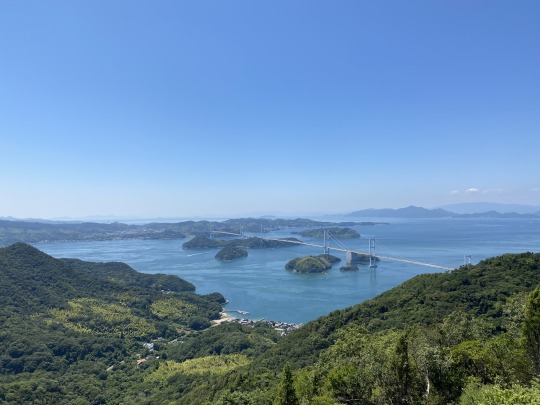
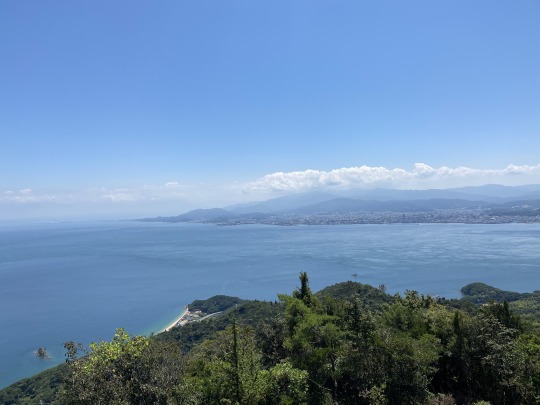

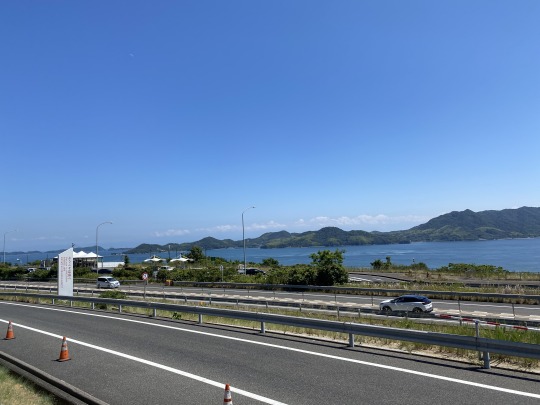
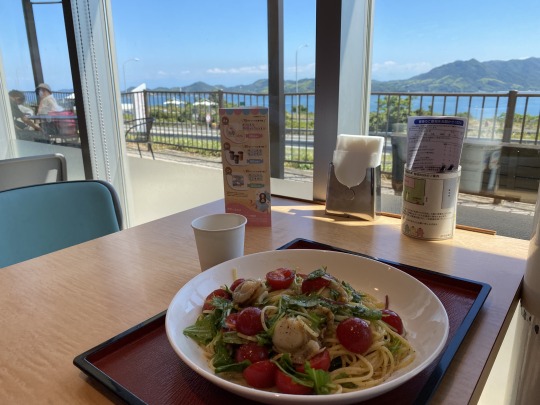

2024.8.11 愛媛 広島 しまなみ海道
来島海峡大橋を来島海峡展望館と亀老山展望公園から
瀬戸田PAから多々良大橋
14 notes
·
View notes
Photo

Tokyo Cityscape Night Scene. by bgfotologue
#night#明���神宮#風光#observationdeck#煙花#花火#東京#hanabi#fireworks#bellphoto#landscape#攝影#惠比壽#展望台#夜京#500px#ebisu#日本#nightscene#風景#japan#tokyo
22 notes
·
View notes
Text

Lakeside Panorama Hall: Discover the Hakone Imperial Villa’s Timeless Charm・旧御用邸の面影を訪ねて:恩賜箱根公園の湖畔展望館
Completed in 1886, the Hakone Imperial Villa was a grand retreat designed for the imperial family, blending traditional Japanese architectural elegance with European influences.
For decades, German, Russian, Austrian, Romanian, and British royalty, alongside ministers from Italy, the UK, and Siam (modern-day Thailand), were received here with grandeur.
Tragically, the Great Kanto Earthquake of 1923 dealt a devastating blow to villa complex, with further damage following the Kita-Izu Earthquake in 1930.
By 1945, the grounds were transformed into Onshi-Hakone Park in an effort to preserve the villa’s legacy. Completed in 1992, the Lakeside Panorama Hall—crafted from hewn white granite—now houses a cozy café and a museum.
The park’s beautifully preserved landscaping, with meandering paths and sweeping views of Lake Ashinoko and Mt. Fuji, hints at the artistry of the original imperial gardens.
Read my full write-up (2-minute read) here: https://www.pix4japan.com/blog/20241015-kohantenbokan
Location: Hakone, Kanagawa Prefecture, Japan Timestamp: 14:20・2024/10/15 Pentax K-1 II + DFA 28-105mm F3.5-5.6 + CP 28 mm ISO 200 for 1/200 sec. at ƒ/6.3
#風景写真#箱根#湖畔展望館#恩賜箱根公園#pix4japan#pentax_dfa28105#pentaxk1mkii#landscapephotography#japan#hakone#onshihakonepark
12 notes
·
View notes
Text
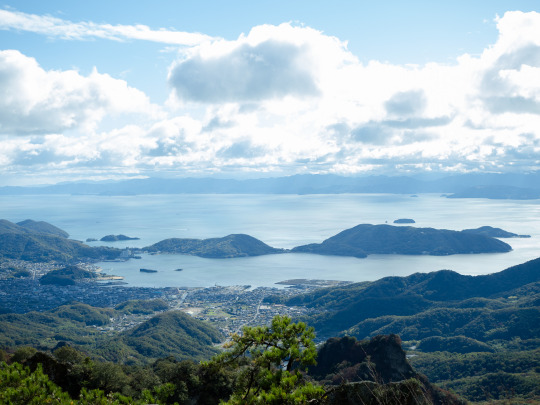
冷え込んだ今日。寒霞渓へ登ってみると地上よりグッと冷たい空気。温度計は5℃!雨が降ったり風が吹いたり忙しいお天気でしたがここからみる景色が最高に美しかったな〜。 [map]
41 notes
·
View notes
Text
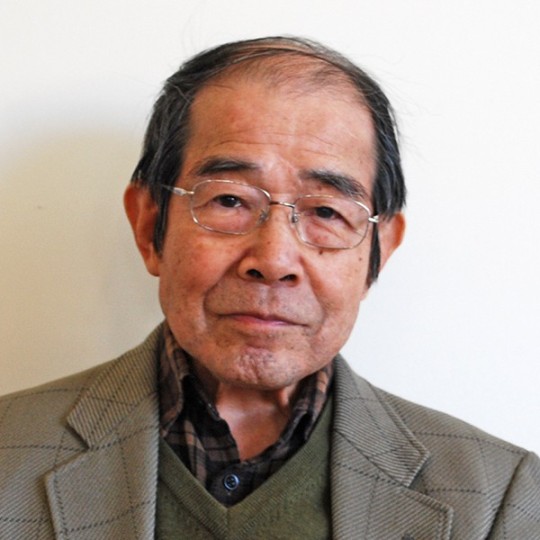
Sean bienvenidos, japonistasarqueológicos a una nueva entrega en esta ocasión os presento a uno de los arqueólogos que excavan en el yacimiento del Toro en la arqueología de posguerra. - ¿Qué es la arqueología de posguerra? Disciplina, que abarca la década de 1947-1999 tras la 2 guerra mundial, Japón se dedicó a realizar excavaciones en masa, además de salir de la situación de posguerra, mejorando el país e invirtiendo en el patrimonio cultural, para que la población estuviera entretenida con otros quehaceres por ejemplo en la década de los 50 surge el famoso milagro Japonés. - Nuestro personaje en esta ocasión se trata de, kenichi Miura nacido en 1932, después de la guerra en japón surge un movimiento llamado Bunka federación y todas las escuelas querían hacer algo por la cultura. Fue una gran labor por parte del país del sol naciente a pesar de la situación en la que se encontraba digno de administración. - Espero que os haya gustado y nos vemos en próximas publicaciones que pasen una buena semana. 日本の考古学者たちよ、戦後の登呂遺跡考古学の新連載へようこそ。 - 戦後考古学とは何か?第二次世界大戦後の1947年から1999年の10年間をカバーする学問分野であり、日本は戦後の状況を離れ、国を改善し、文化遺産に投資することに加えて、国民が他の仕事で楽しまれるように、大規模な発掘に専念していた、例えば、50年代の10年間で有名な日本の奇跡が生じた。 - 今回の登場人物は、1932年生まれの三浦健一です。 戦後、日本では文化連盟という運動が起こり、各学校が文化のために何かをしようとしました。日出づる國の行政にふさわしい状況にもかかわらず、これは偉大な仕事であった。 - それでは、また次号でお会いしましょう。 良い一週間を。 Welcome, Japanese archaeologists, to a new installment of the post-war archaeology of the Toro archaeological site. - What is post-war archaeology? Discipline, which covers the decade of 1947-1999 after World War II, Japan was dedicated to mass excavations, in addition to leaving the post-war situation, improving the country and investing in cultural heritage, so that the population was entertained with other tasks, for example in the decade of the 50's the famous Japanese miracle arose. - Our character on this occasion is Kenichi Miura, born in 1932. After the war in Japan, a movement called Bunka Federation arose and all the schools wanted to do something for culture. It was a great work on the part of the country of the rising sun in spite of the situation in which it found itself worthy of administration. - I hope you liked it and see you in the next publications. Have a nice week.
for more information/詳細については:https://www.shizuoka-toromuseum.jp/toro-site/people/people-intervew01/
#日本#戦後#歴史#考古学#第2次世界大戦#ミラグロジャパン#展望#ユネスコ#弥生#考古学的保存#先史#三浦健一#経済#-#japan#postwar#history#archaeology#2worldwar#milagrojapan#prospecting#unesco#yayoi#archaeologicalreservation#prehistory#kenichiMiura#economy
25 notes
·
View notes
Text








関空展望ホール「Sky View」 展望ホール行きバス(無料)で行きました。(2024年8月22日) https://youtu.be/drA5W11SCcs?list=PL5_p1JmhJjC6PP8w3QNuJSIYGI2W0XKFL
9 notes
·
View notes
Text

上から代々木公園。
151 notes
·
View notes
Text
2 notes
·
View notes
